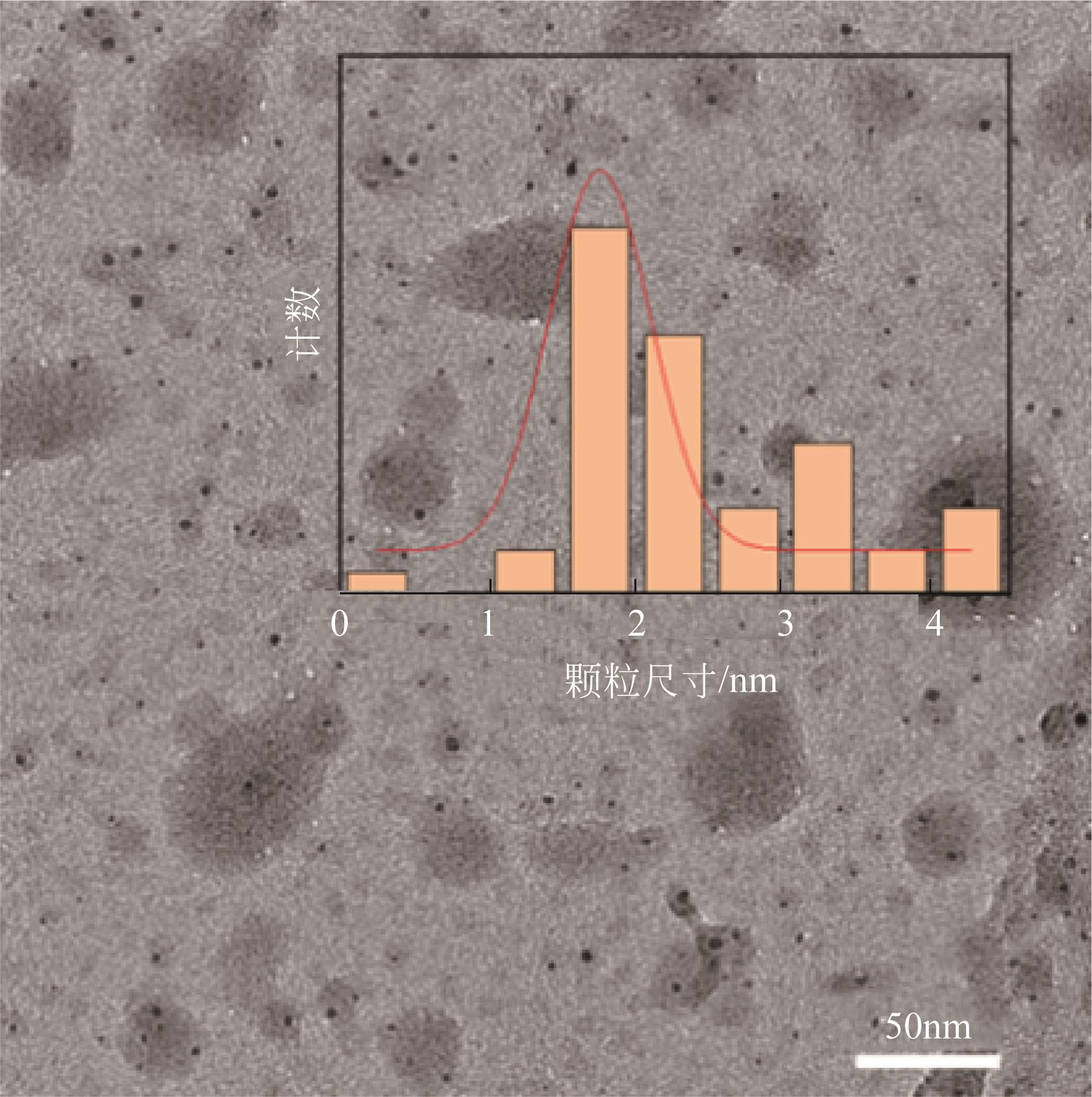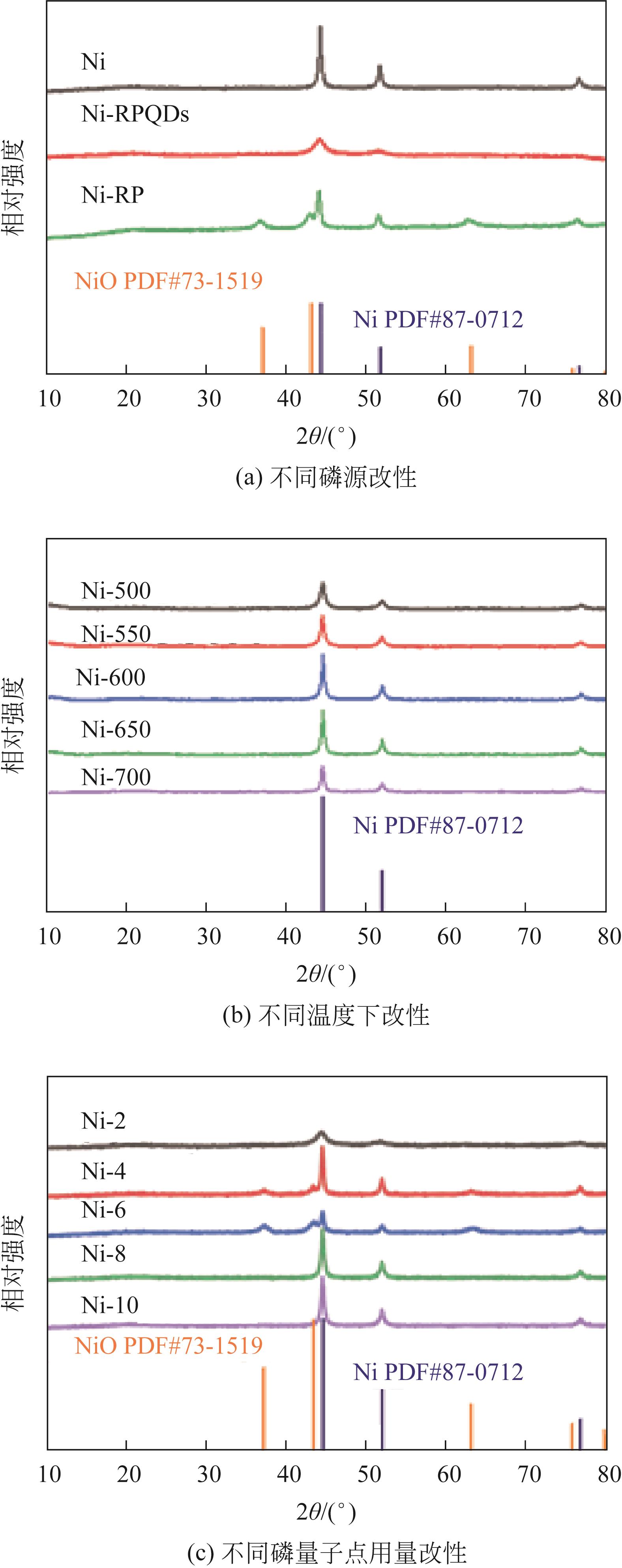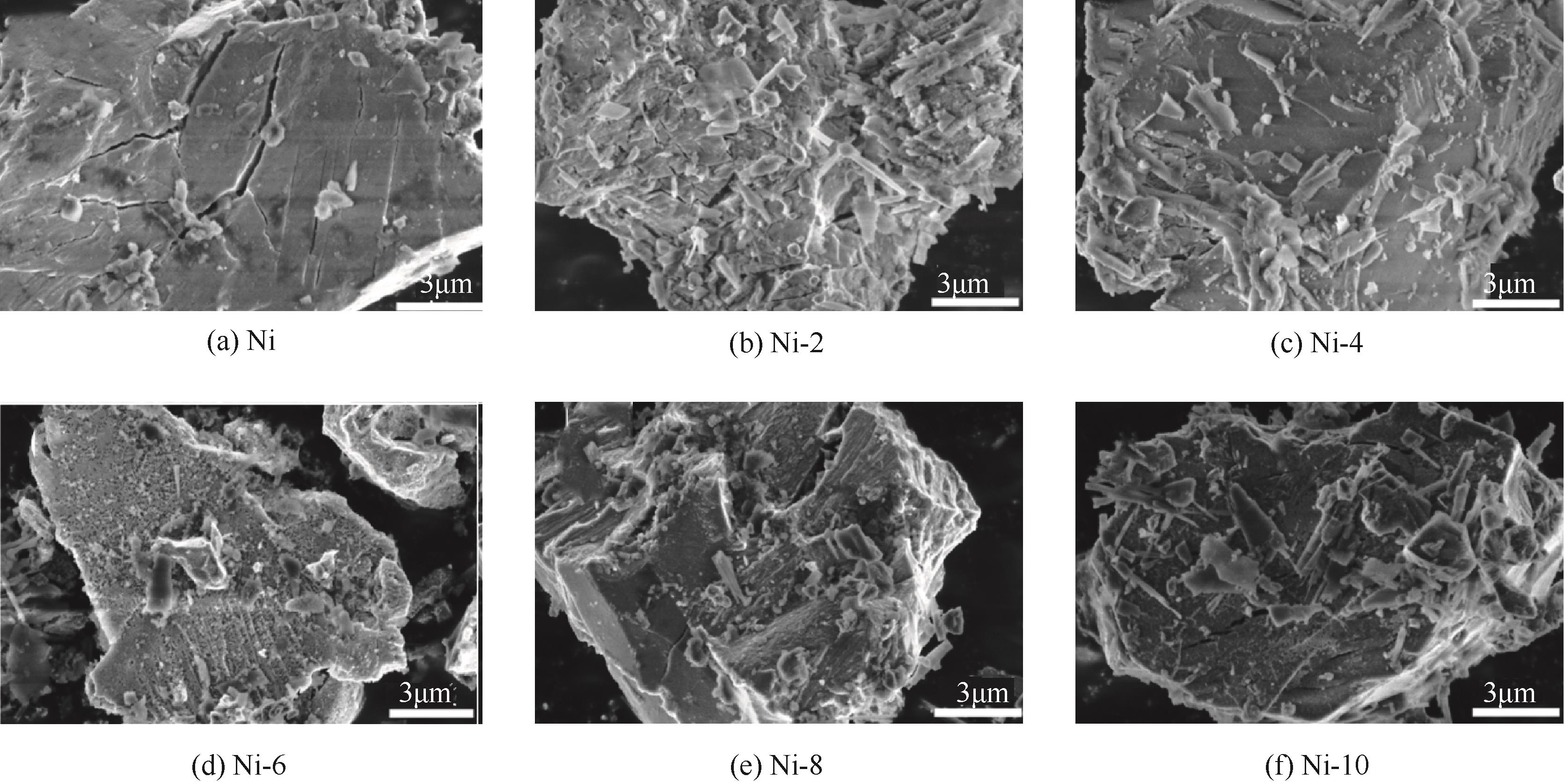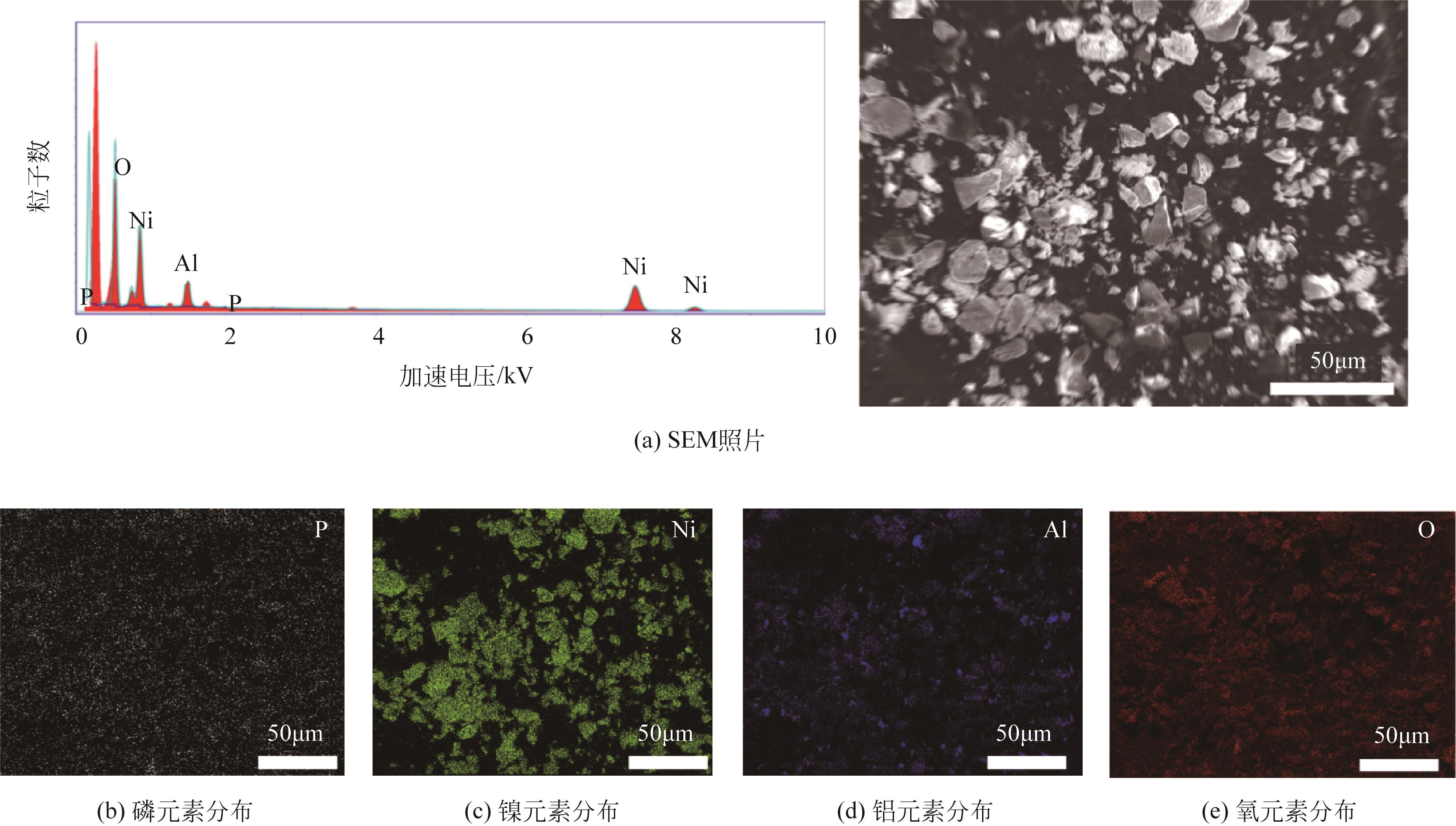| 1 |
KONDYLI A, SCHRADER W. Study of crude oil fouling from sulfur-containing compounds using high-resolution mass spectrometry[J].Energy & Fuels, 2021, 35(16): 13022-13029.
|
| 2 |
GOONEH-FARAHANI S, ANBIA M. A review of advanced methods for ultra-deep desulfurization under mild conditions and the absence of hydrogen[J].Journal of Environmental Chemical Engineering, 2023, 11(1): 108997.
|
| 3 |
SEUNG T H, DAL R P, SEUNG-JOON Y, et al. Ultradeep hydrodesulfurization of diesel: Mechanisms, catalyst design strategies, and challenges[J].Industrial & Engineering Chemistry Research, 2020, 59(49): 21261-21274.
|
| 4 |
JIA L, HONGQIN M, JIE W, et al. Preparation of Ni2P decorated black phosphorus nanosheets supported on two-dimensional α-zirconium phosphate and its catalysis for hydrodesulfurization of dibenzothiophene[J]. Chemistry Select, 2021, 6(24): 5899-5905.
|
| 5 |
GHERBAWY Y, EL-DEEB B, HAZZANI A A, et al. Mycobiota of oil-contaminated soil samples and their abilities for dibenzothiophene desulfurization[J]. Geomicrobiology Journal, 2016, 33(7): 618-624.
|
| 6 |
CUI Tianyou, RAJENDRAN A, FAN Hongxia. Review on hydrodesulfurization over zeolite-based catalysts[J].Industrial & Engineering Chemistry Research, 2021, 60(8): 3295-3323.
|
| 7 |
PRAJAPATI R, KOHLI K, MAITY S K. Slurry phase hydrocracking of heavy oil and residue to produce lighter fuels: An experimental review[J]. Fuel, 2021, 288: 119686.
|
| 8 |
ESCOBAR J, NÚÑEZ S, MONTESINOS-CASTELLANOS A, et al. Dibenzothiophene hydrodesulfurization over PdPt/Al2O3-TiO2. Influence of Ti-addition on hydrogenating properties[J]. Materials Chemistry and Physics, 2016, 171: 185-194.
|
| 9 |
STARTSEV A N, ZAKHAROV I I. Sulfide catalysts for hydrodesulfurisation: Structure of the active component and mechanism of the catalytic action[J]. Russian Chemical Reviews, 2003, 72(6): 579-601.
|
| 10 |
SANTILLAN-VALLEJO L A, MELO-BANDA J A, Reyes de la Torre A I, et al. Supported (NiMo, CoMo)-carbide, -nitride phases: Effect of atomic ratios and phosphorus concentration on the HDS of thiophene and dibenzothiophene[J]. Catalysis Today, 2005, 109(1/2/3/4): 33-41.
|
| 11 |
汪佩华, 秦志峰, 吴琼笑, 等. 磷添加方式对NiMo/Al2O3催化剂加氢脱硫性能的影响[J]. 化工进展, 2021, 40(2): 890-900.
|
|
WANG Peihua, QIN Zhifeng, WU Qiongxiao, et al. Effect of phosphorus adding manners on the performance of NiMo/Al2O3 catalyst in hydrodesulfurization[J]. Chemical Industry and Engineering Progress, 2021, 40(2): 890-900.
|
| 12 |
YANG Lei, PENG Chong, FANG Xiangchen, et al. Hierarchically macro-mesoporous Ni-Mo/Al2O3 catalysts for hydrodesulfurization of dibenzothiophene[J]. Catalysis Communications, 2019, 121: 68-72.
|
| 13 |
JANTARAKSA N, PRASASSARAKICH P, REUBROYCHAROEN P, et al. Cleaner alternative liquid fuels derived from the hydrodesulfurization of waste tire pyrolysis oil[J]. Energy Conversion and Management, 2015, 95: 424-434.
|
| 14 |
OYAMA S T. Novel catalysts for advanced hydroprocessing: transition metal phosphides[J]. Journal of Catalysis, 2003, 216(1/2): 343-352.
|
| 15 |
SONG W, LAI W, CHEN Z, et al. Fabrication of 3D porous hierarchical NiMoS flowerlike architectures for hydrodesulfurization applications[J]. ACS Applied Nano Materials, 2018, 1(1): 442-454.
|
| 16 |
SAWHILL S J, LAYMAN K A, VAN WYK D R, et al. Thiophene hydrodesulfurization over nickel phosphide catalysts: Effect of the precursor composition and support[J]. Journal of Catalysis, 2005, 231(2): 300-313.
|
| 17 |
KAWAI T, SATO S, CHUN W J, et al. In situ X-ray absorption fine structure studies on the structure of Ni2P supported on SiO2 [J]. Physica Scripta, 2005: 822.
|
| 18 |
PRAJAPATI Y N, VERMA N. Hydrodesulfurization of thiophene on activated carbon fiber supported NiMo catalysts[J]. Energy & Fuels, 2018, 32(2): 2183-2196.
|
| 19 |
李硕, 刘熠斌, 冯翔, 等. MoS2基催化剂加氢脱硫反应活性相和作用机理研究进展[J]. 化工进展, 2019, 38(2): 867-875.
|
|
LI Shuo, LIU Yibin, FENG Xiang, et al. Research progress in active phase structure and reaction mechanism of MoS2-based catalysts for hydrodesulfurization[J]. Chemical Industry and Engineering Progress, 2019, 38(2): 867-875.
|
| 20 |
ZENG Guang, HU Xiang, ZHOU Baolong, et al. Engineering graphene with red phosphorus quantum dots for superior hybrid anodes of sodium-ion batteries[J]. Nanoscale, 2017, 9(38): 14722-14729.
|
| 21 |
LU Chunshan, ZHU Qianwen, ZHANG Xuejie, et al. Decoration of Pd nanoparticles with N and S doped carbon quantum dots as a robust catalyst for the chemoselective hydrogenation reaction[J]. ACS Sustainable Chemistry & Engineering, 2019, 7(9): 8542-8553.
|
| 22 |
苑梦兰, 伍林玲, 王猛, 等. 雷尼镍催化法合成2, 2’-联吡啶的清洁生产工艺[J]. 广州化工, 2022, 50(10): 53-55.
|
|
YUAN Menglan, WU Linling, WANG Meng, et al. Clean production process for raney nickel catalytic synthesis of 2,2’-bipyridine[J]. Guangzhou Chemical Industry, 2022, 50(10): 53-55.
|
| 23 |
PAN Yuan, LIU Yanru, ZHAO Jinchong, et al. Monodispersed nickel phosphide nanocrystals with different phases: synthesis, characterization and electrocatalytic properties for hydrogen evolution[J]. Journal of Materials Chemistry A, 2015, 3(4): 1656-1665.
|
 ), MA Hongqin1,2(
), MA Hongqin1,2( ), LIU Jiahao1
), LIU Jiahao1








